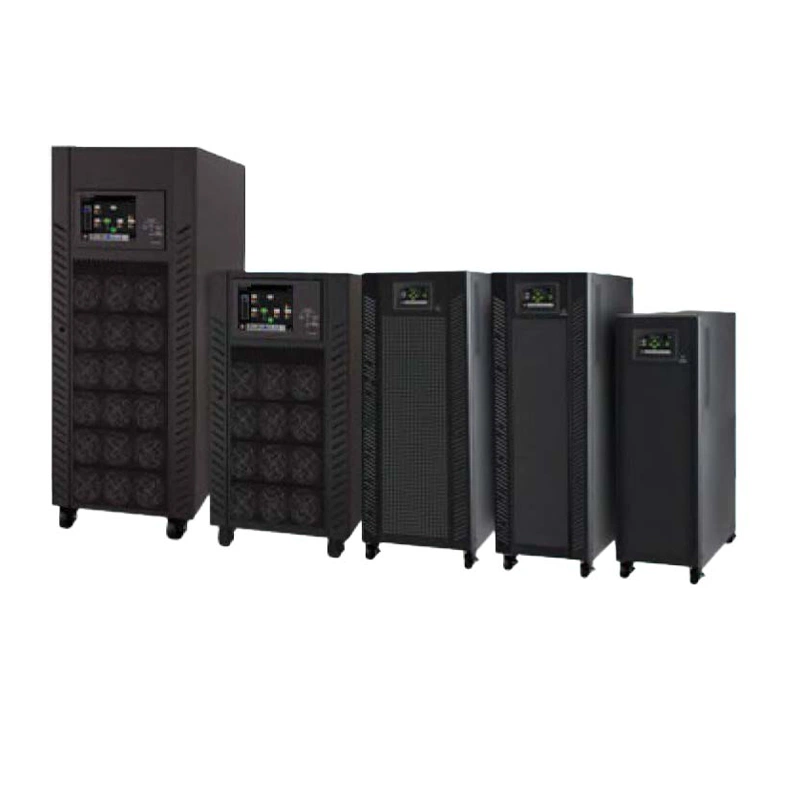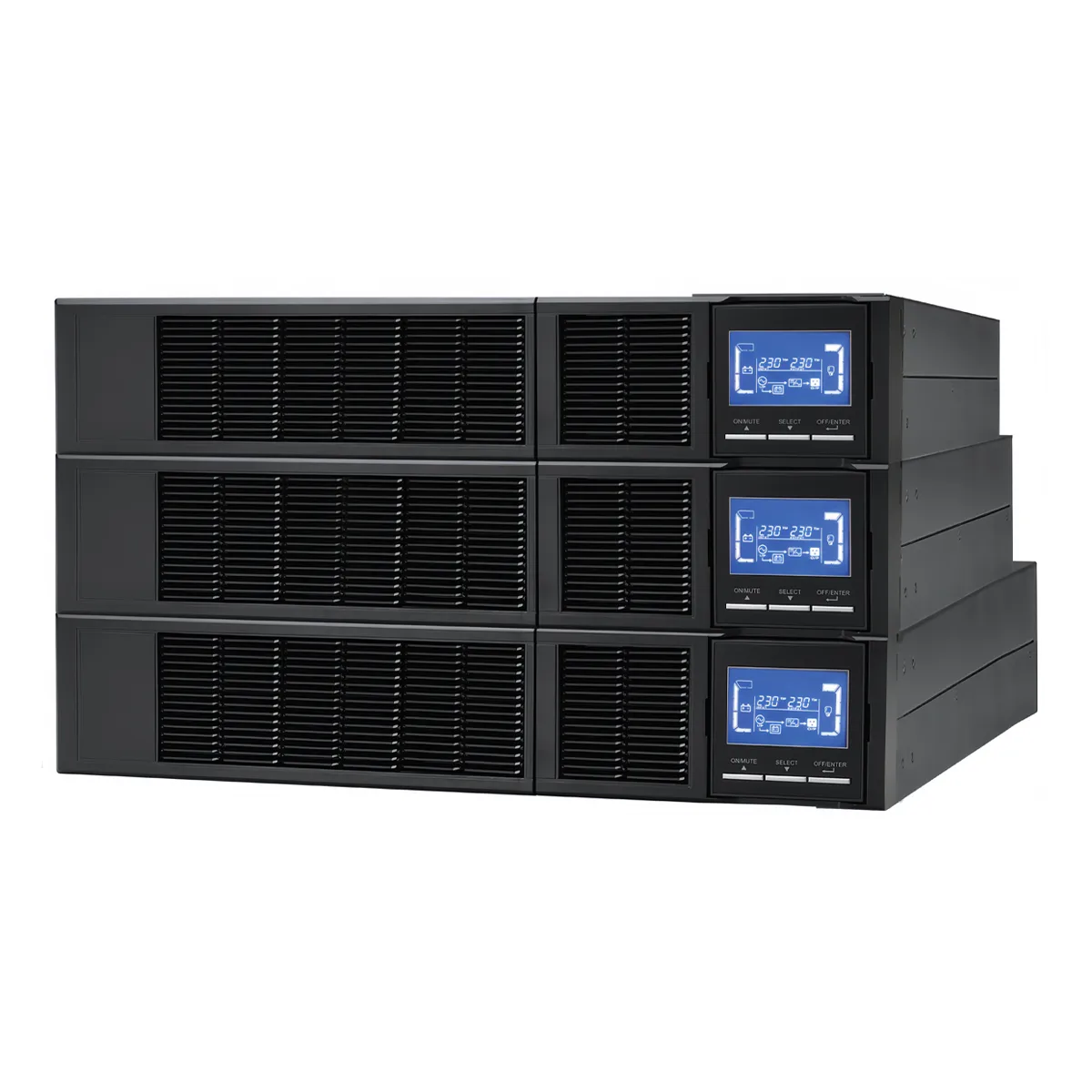Precision air conditioning VS ordinary air conditioning
Release time: 2025-02-07
The main differences between precision air conditioners and ordinary air conditioners lie in their design purposes, performance requirements and application environments.
Control accuracy
Precision air conditioning: The core feature of precision air-cooled air conditioning is high-precision temperature and humidity control. The temperature is usually controlled within ±1°C and the humidity is controlled within ±5% relative humidity. This is very important for places that require a very stable environment (such as data centers, laboratories, etc.).
Ordinary air conditioning: Ordinary air conditioning has a wide temperature control range, generally ±2-3°C, and weak humidity regulation ability. The main goal is to provide a comfortable ambient temperature, not fine temperature and humidity regulation.
Application scenarios
Precision air conditioning: Suitable for places with strict requirements on temperature and humidity, such as data centers, computer rooms, power equipment rooms, hospitals, laboratories, etc. The equipment in these places needs to operate within a specific temperature and humidity range, and excessive fluctuations may cause equipment failure or affect work.
Ordinary air conditioning: Mainly used in general living and working environments such as homes, offices, and shopping malls, providing a comfortable indoor climate, and does not require particularly precise temperature and humidity management.
Reliability and Redundancy Design
Precision air conditioners: have redundant designs, such as dual circuits and dual compressors, to ensure that even if a fault occurs, the air conditioner can maintain normal operation and ensure environmental stability.
Ordinary air conditioners: generally do not have redundant designs, have some fault protection functions, but overall have relatively low reliability requirements.
Energy efficiency and operating costs
Precision air conditioning: Low energy efficiency. Precision room air conditioning needs to run all day and for a long time, and needs to maintain precise environmental control, so its operating costs are high.
Ordinary air conditioning: Ordinary air conditioning has high energy efficiency, low operating costs when in use, and does not require continuous maintenance of very precise temperature and humidity control.
Air flow and thermal management
Precision air conditioners: Precision air conditioners are very particular about air flow design, and can provide precise air distribution and effective thermal management in high-density equipment areas to avoid heat accumulation.
Ordinary air conditioners: Ordinary air conditioners have a relatively simple air flow design, and air distribution is usually suitable for general living and office environments, with lower requirements for thermal management.
Refrigeration and dehumidification capabilities
Precision air conditioning: The precision cooling air conditioning system is more powerful than ordinary air conditioning. It not only has a good cooling effect, but also can accurately adjust the humidity to ensure that the ambient temperature and humidity remain in an extremely stable state.
Ordinary air conditioning: Ordinary air conditioning mainly provides refrigeration functions and usually does not have high-precision dehumidification or humidity regulation capabilities.
Precision air conditioning mainly plays a role in special application scenarios, while ordinary air conditioning is suitable for general air conditioning needs.

